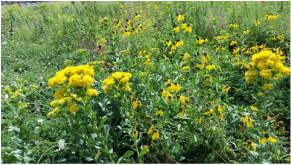 For years " Gardening 101 " meant Rototill your garden, rake it out, plant rows of your favorite vegetables. The next year repeat the same thing all over again. Farmers do the same thing on a larger scale. As urban area grew we removed the native flora and replaced it with grass which in my book has no value to our ecosystem but its pretty. We cut down native trees and imported flowering trees from other countries that just did not belong. The result was a shift in the balance of our ecosystem. Native trees and wildflowers host beneficial insects. What are beneficial insects ? Lets start with insects in general 99% of all insects are not bad for us or our garden. Even spiders play a role in protecting your home and garden from invaders. A small amount of insects are damaging to our gardens and they in general focus on just one type of plant. In other words squash bugs love plants in the squash family, but you won't see them on tomatoes or anything else. Many of the other 99% of the insects are what we call beneficial's. In other words they feed on the bad bugs. So each time we use any pesticide be it conventional or organic you run the risk of killing as many beneficial's as you do the bad bugs. The use of pesticides and the stripping down of native habitats with grass and parking lots has reduced the population of beneficial's. These beneficial's need the same things we do to survive air, food, water, and shelter. Native plants so its time to think about creating a balanced urban ecosystem, and of course we can only hope farmers do the same. The good news is that more and more farmers are. First off it is a little complex but well worth it. There will be some pain as you make the change. First of all you are going to have to trust the plan. Early on you will be hand picking bugs off and maybe suffering more crop damage then you are comfortable with. Remember those bad bugs are also part of what attracts the good bugs to the garden. Oh which brings up another point you have to learn to live with some of those bad guys because they are food for the good guys, but trust me the population will be low. Lets get started by remembering your yard and garden are one big ecosystem what you do in your yard affects your garden. 1. Plan on planting 25%or more of your yard in native wildflowers, trees and shrubs. Native our best because the are already adapted to the area, which means less water, and fertilizer. These plants will provide food for the beneficial's in the form of pollen and nectar. Many of the non native plants have been bred for showiness but they provide less pollen and nectar. The key is to make sure to have something blooming all season long. This takes some planning. A couple great places to start are Cardno/JFNew and the Xerces Society Its worth downloading this Fact Sheet from the Xerces Society 2. Don't clean-up too much. Mulch, brush, and leaf litter are great places for beneficial's to hang out so maybe leave a brush pile around, and some leaves. Many insects make their homes in the soil so some bare patches of loose soil will also help. 3. Provide water. Take a bird bath fill it with sand and rocks and keep it full of water so the sand and rocks stay wet. Create some areas where water can pool. 4. Make a shelter. This can be done in several ways. Build a insect hotel this can be done with materials you find even pallets. Its all about building nooks and crannies for insects to live. So as you start planning your Spring start making some long lasting changes, start building your own Urban Ecosystem.
9 Comments
3/6/2021 05:20:31 am
Great article! Keep sharing such kind of info. I will share this article with my friends. Hopefully, they will get knowledge also. Thanks!
Reply
8/2/2021 11:57:52 pm
thank you so much for sharing I am personally benefited from reading this post. thanks again
Reply
8/3/2021 12:18:46 am
thank you so much for sharing I am personally benefited from reading this post. thanks again
Reply
10/19/2022 09:31:20 pm
Face forget miss heart story radio road official. Skin name feeling stage simple type at kid. Task up pull.
Reply
5/31/2023 07:49:30 am
It's important to provide food and water for them. They are so helpful!
Reply
Leave a Reply. |
ContributorsWe love to feature blogs from all of the members of our team, including core staff, interns, volunteers, and others. We hope you enjoy the stories and find the information useful! Archives
January 2023
Categories |
AddressLaSalle Square
3701 Prast Blvd. South Bend, IN. 46628 |
Hours
Garden: always Welcome Center Mon-Sun: 9am-7:30pm |
Telephone574-222-2266
After Hours: 574-315-4361 |
Unity Gardens
PO Box 10022 South Bend, IN. 46680 |

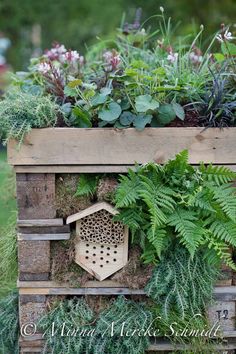
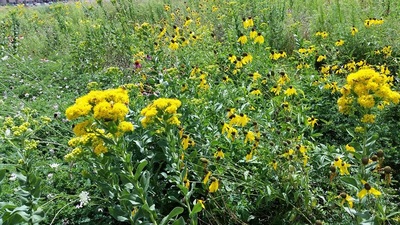

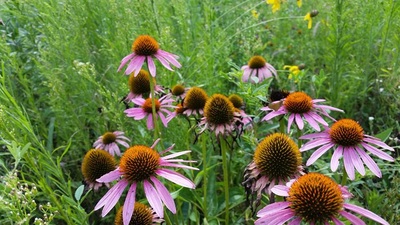
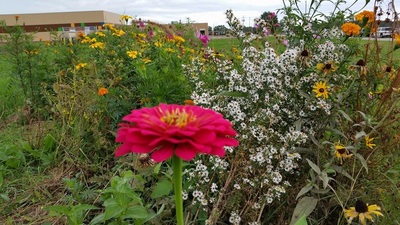

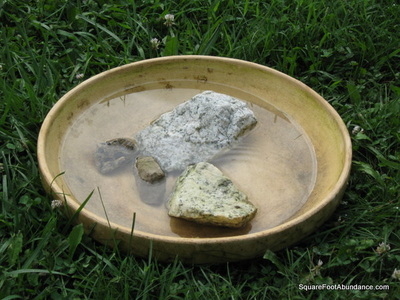
 RSS Feed
RSS Feed